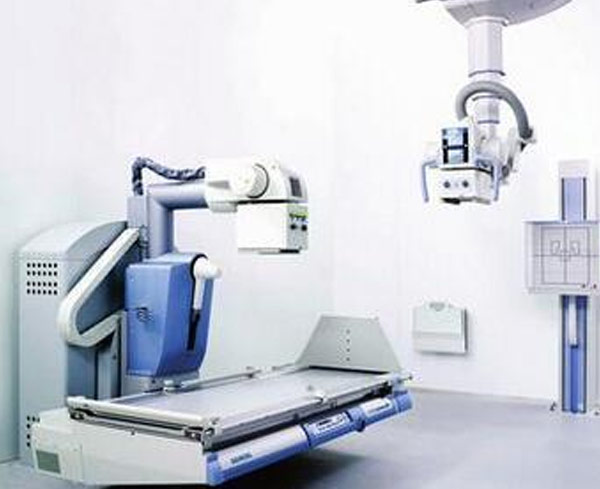24-hour service hotline:0755-29103270
Welcome to Shenzhen Zhongjing Global Purification Technology Co., Ltd.!

backtrackCurrent location:Home / Engineering / Medical equipment GMP workshop
Author: Shenzhen Zhongjing Global Purification Technology Co., Ltd.Time:2018-07-26 10:48:01Views:1980

Medical equipment is widely used in A, disposable sterile medical equipment 1, disposable sterile syringe; 2, disposable infusion set; 3, disposable blood transfusion device; 4, disposable anesthesia puncture package; Single-use intravenous infusion needle; 6, disposable sterile needle; 7, disposable plastic blood bag; 8, disposable blood collection device; 9, disposable titration tube infusion device. B, orthopedic implant medical device 1, surgical implant joint prosthesis; (disposable sterile medical equipment, hearing aids, contact lenses and care solutions, in vitro diagnostic reagents, implant materials and artificial organs, 6877 interventional devices) except.
requirements
Sterile medical devices or single-packaged parts that are implanted and inserted into the blood vessels and require subsequent processing (such as filling and sealing) in a local 100-level clean area under 10,000, and (not cleaned) parts The production area of processing, final cleaning, assembly, initial packaging and sealing should be no less than 10,000 cleanliness level. Example 1. Implantation of blood vessels: for example, vascular stents, heart valves, artificial blood vessels, and the like.
1, YY 0033-2000 sterile medical device production management specifications; 2, YY / T 0567.1-2005 aseptic processing of medical products 3, YY / T 0567.2-2005 aseptic processing of medical products 4, GB 50457-2008 pharmaceutical industry Clean plant design specification
1. Arrange according to the production process. The process is as short as possible, reducing cross-reciprocation, and the flow of people and logistics is reasonable. Must be equipped with personnel clean room (storage room, washroom, clean work clothes room and buffer room), material cleaning room (out of the outsourcing room, buffer room and double-layer transfer window), in addition to the outdoor use of the product process requirements, should also It is equipped with a sanitary ware room, a laundry room, a temporary storage room, a station cleaning room, etc. Each room is independent of each other. The area of the clean workshop should be adapted to the production scale on the premise of ensuring basic requirements. 2. According to the air cleanliness level, it can be written in the direction of people flow, from low to high; the workshop is from inside to outside, from high to low. 3. No pollution occurs between the same clean room (area) or adjacent clean room (area) 1) The production process and raw materials will not affect the product quality; 2) between different levels of clean rooms (areas) There are air lock chambers or anti-pollution measures, and the material is conveyed through the double-layer transfer window. 4. Air purification should meet the requirements of Chapter 9 of GB 50457-200 "8 Pharmaceutical Industry Cleanroom Design Specifications". The amount of fresh air in the clean room should be taken as follows: 1) Compensate for the amount of air exhausted in the room and the amount of fresh air required to maintain positive indoor pressure; 2) No fresh air in the room should be no less than 40 m3/h. 5. The per capita area of the clean room should be no less than 4 m2 (except for corridors, equipment, etc.), ensuring a safe operating area. 6. If it is an in vitro diagnostic reagent, it should meet the requirements of the “In vitro Diagnostic Reagent Production Regulations (Trial)”. The handling of negative, positive serum, plasmid or blood products should be carried out in at least 10,000 environments, with relatively negative pressures in adjacent areas and in compliance with protective requirements. 7, should indicate the direction of return air, air supply and water pipelines.
Zhongjing Global is committed to the design and construction of the GMP workshop for medical device purification workshops, serving many second-class and three-category medical device companies.
